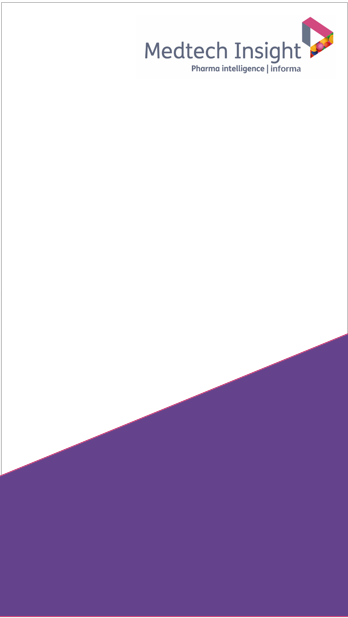Report Detail

Purchase Price: $4,850.00
Germany, Surgical Procedure Volumes
In Germany, of a population of more than 82 million, the number of people age 65 and older comprises 20%, representing an increase of 27% over the number of people in this age group a decade ago. By the year 2018, it is estimated that 22% of the country’s population will be age 65 and older. The German government has become increasingly reliant on cost containment and capitation to optimize its healthcare delivery systems for the gradually aging population. With the demand for improved healthcare products and services continuing to grow, it is likely that the government will be forced to find alternative, private routes for healthcare funding. Private sector expenditures are projected to increase significantly in the future, bridging the gap between the aging populations’ high-technology medical product requirements and the governments’ healthcare spending reduction requirements.
To provide its citizens universal access to quality healthcare, the German government offers state-controlled programs administered by local governments and sickness funds. Sickness funds, designed to be self-supporting through payroll contributions, have been subsidized by the government since the 1990s. Private sector activity has been limited to supplemental commercial insurance used to upgrade public benefits and to private services that have been financed either out of pocket or at low reimbursement rates set by healthcare agencies. Private sector activity has increased with cutbacks in public outlays as certain national programs seek to operate with limited capital. National healthcare services are funded with general revenues.
Healthcare providers in Germany continue to explore the cost effectiveness of medical products, requiring product manufacturers to demonstrate not only safety and clinical efficacy, but also cost savings. In addition, administrative personnel and clinicians share the responsibility of product selection, and as hospital administrators may favor cost effectiveness or practice guidelines over the features and benefits of the products, manufacturers are advised to broaden their marketing style, emphasizing the fulfillment of the organizational needs of national healthcare delivery systems. Innovative medical device launches center on cost effectiveness, and there is an increased shift in treatment from the inpatient to the outpatient sector.
From the years 1990 to 2000, legislative cost-containment initiatives reduced the number of public hospitals in Germany by 5% and the number of hospital beds by 11%; over the same period, the number of private hospitals, which tend to be smaller than public hospitals, increased by 16%.
This report presents an overview of selected open and laparoscopic surgical procedures and the number of these procedures performed in the European Union (EU) country of Germany.
